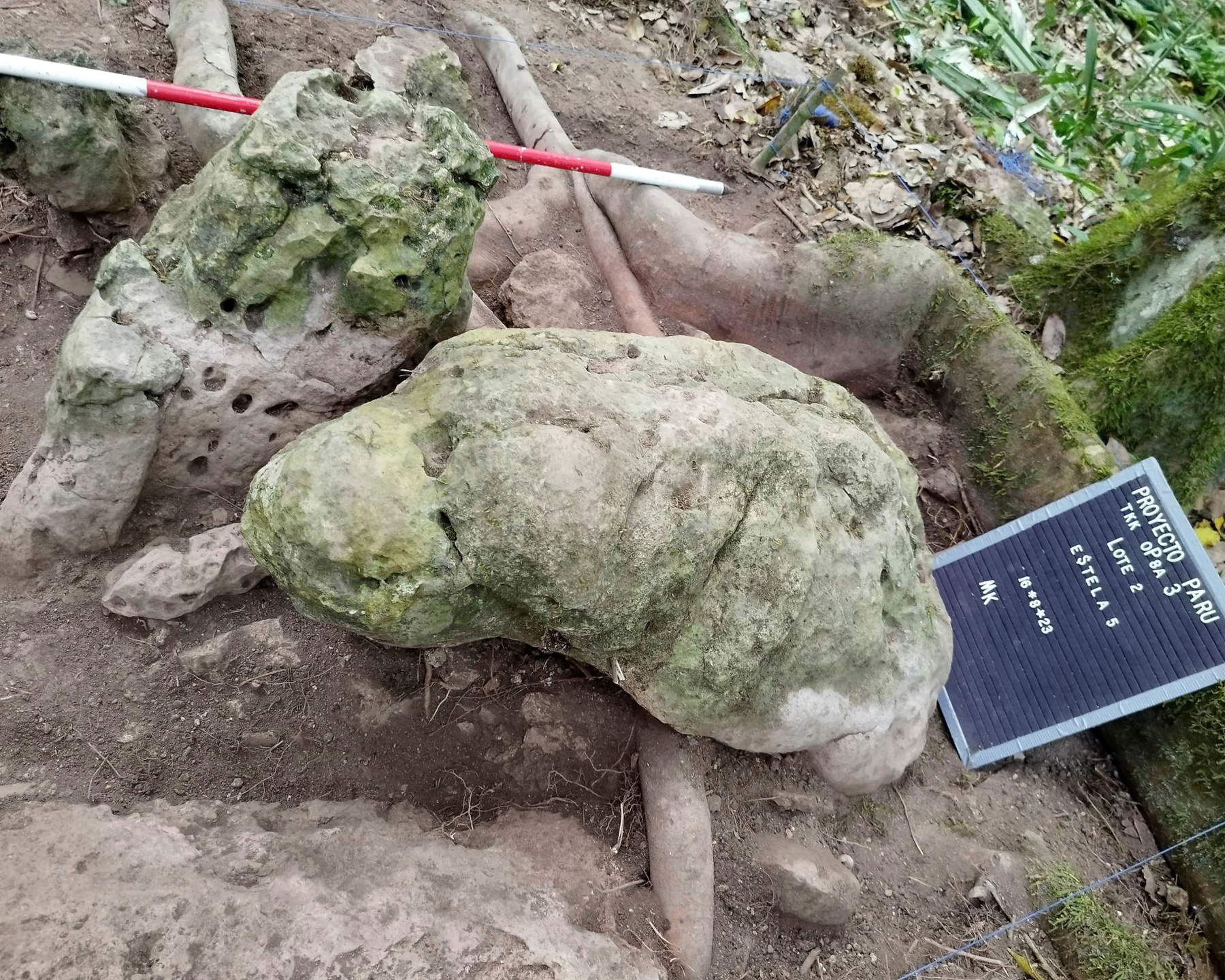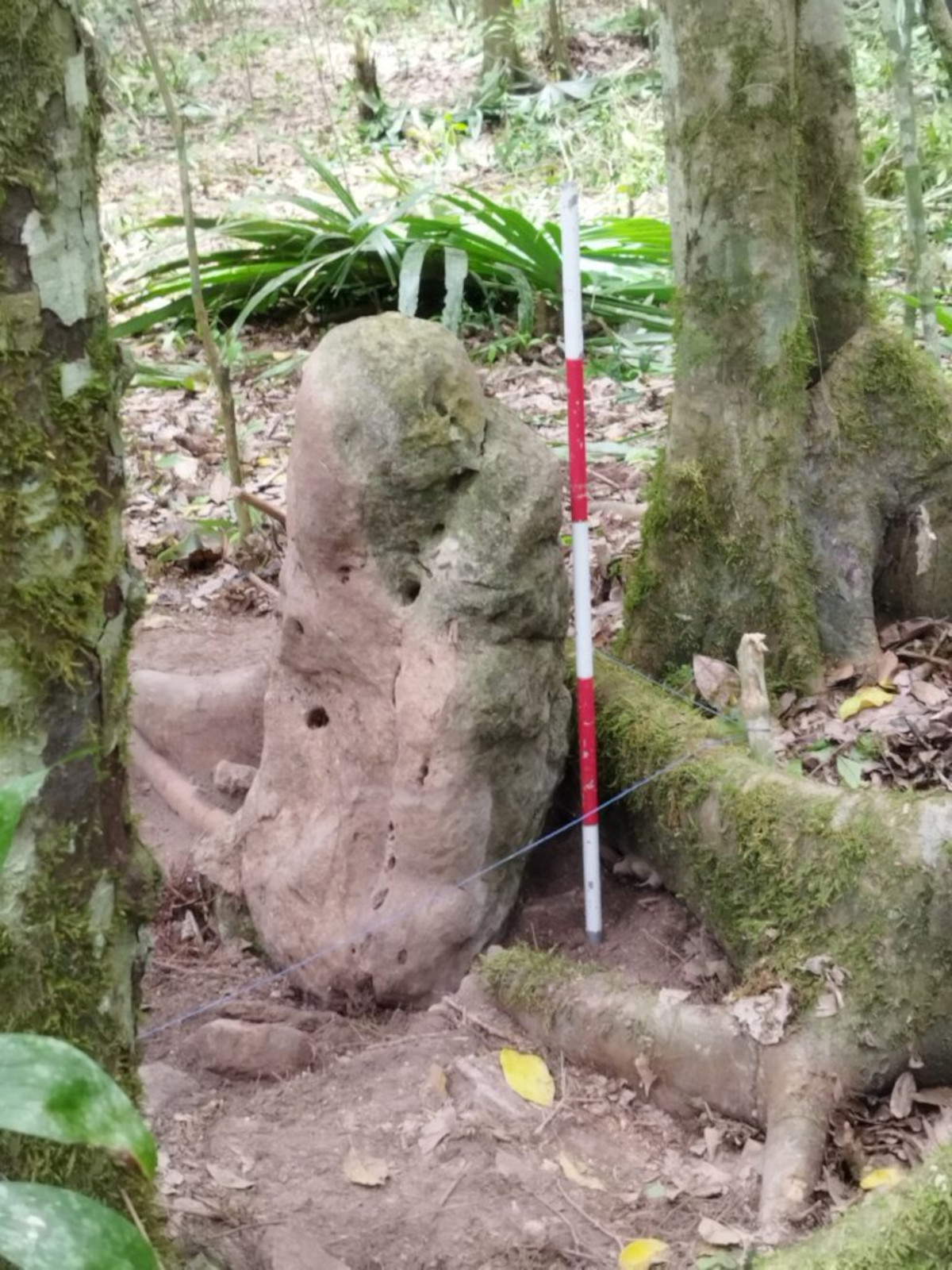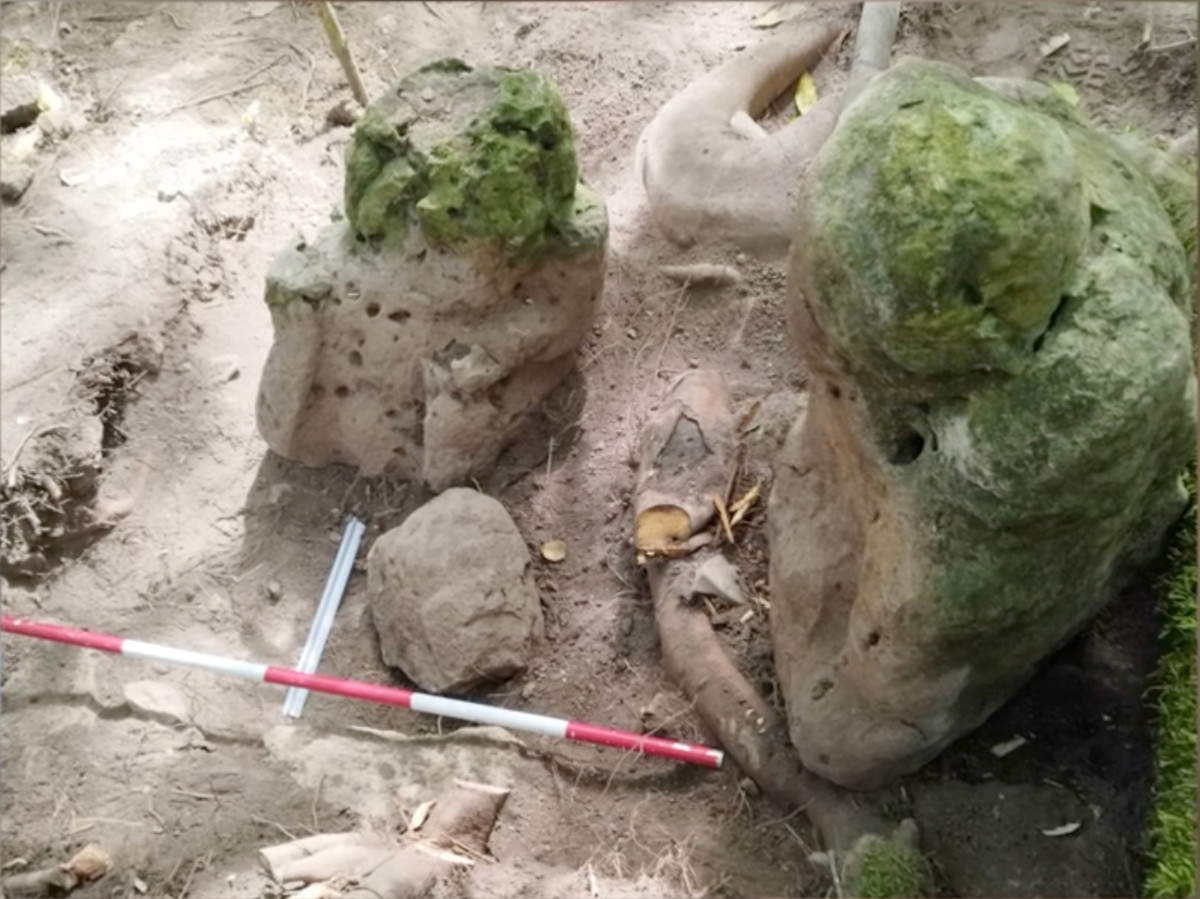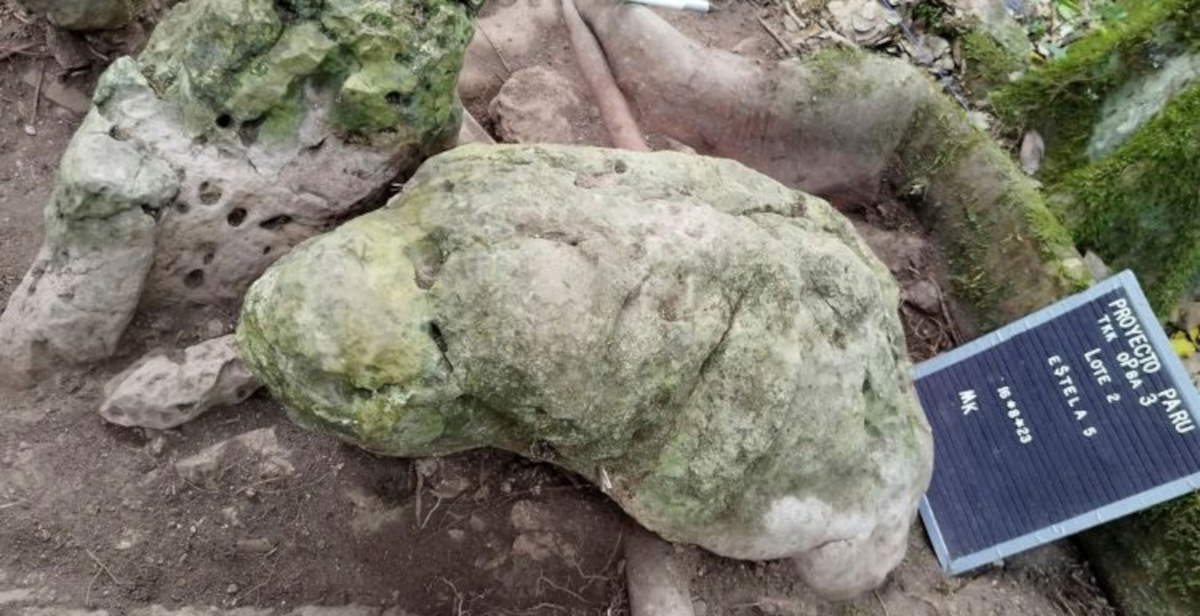In the heart of Guatemala’s northern jungle, about 13 miles from Uaxactún and not far from the border with Mexico, a joint Guatemalan-Slovak archaeological mission has identified a Mayan ceremonial complex dating back about 3,000 years. The discovery, made as part of the Uaxactún(PARU) Regional Archaeological Project, affects three sites: Los Abuelos, Petnal and Cambrayal. The combined findings suggest the existence of a more advanced interconnected urban system than previously thought for the Middle Preclassic period (800-500 B.C.).
“The site presents remarkable architectural planning,” said the Guatemalan Ministry of Culture, “sculpted with iconography unique to the region.”

The site called Los Abuelos, literally “the grandparents,” owes its name to a pair of sculptures depicting a male and a female figure in a solemn pose, interpreted by scholars as representations of ancestors. The statues, which can be dated between 500 and 300 B.C., were found near a series of shrines, whose cultic function is still being studied. In any case, according to a statement by the Guatemalan Ministry of Culture, the layout of the artifacts and their architectural context would suggest a direct link to ritual practices related to ancestor worship. The site, which covers about six square miles, is believed to be one of the oldest and most significant ceremonial centers identified so far in the region. Just a few miles to the east, at the Petnal site, a pyramid about 33 meters high was discovered, which has two chambers on top. Inside these chambers, frescoes have emerged that also date to the Preclassic period, which may provide further clues to the iconographic and symbolic evolution of the early stages of Maya civilization. Scholars are working to decipher the visual content of the paintings, which could reveal religious, mythological or political motifs in use in the area’s early urban communities. The third site, on the other hand, Cambrayal, located about three miles from Los Abuelos, has returned the remains of a palace equipped with a sophisticated system of internal canals. Although the exact function of the hydraulic system remains uncertain, its presence within a ceremonial or administrative building represents a novel element in the landscape of preclassical structures. Archaeologists speculate that the canals may have served ritual purposes, but a use related to water management within the palatial complex is not ruled out. The three sites outline a triangular configuration, which, according to experts, would represent a hitherto unknown form of territorial organization. The pre-Hispanic “urban triad” suggests the existence of political, religious and infrastructural relationships between distinct but complementary centers, challenging the idea that early Maya communities were isolated or weakly organized. The data collected so far reinforce the hypothesis that complex forms of urban planning and social hierarchy existed as early as the Middle Preclassic. The complex, nestled in the dense vegetation of the Petén department, is located in an area known for the density and variety of Maya sites. Not far from there, at Tikal, one of the most important centers of classical civilization, recent investigations have identified a ceremonial altar of great interest. These discoveries also confirm the vastness and complexity of the Maya presence in the area, revealing a cultural and religious continuity that spans the centuries. Crucial to the identification of the sites was the use of LiDAR (Light Detection and Ranging) technology, an aerial survey technique that employs laser pulses to accurately reconstruct the morphology of the terrain under forest cover. The methodology, now widely used in archaeology, has made it possible to locate buried structures without initially resorting to invasive excavation.

Guatemalan authorities have released a video documenting the stages of the excavation and initial analysis of the finds. The images show in detail the statues of the “ancestors,” the architectural features of the Petnal pyramid, and the remains of the Cambrayal canals, offering a first glimpse of the scope of the discovery. The visual material has helped increase international attention on the PARU project, which plans further excavation campaigns in the coming years. Archaeologists involved in the study emphasize how the discovery helps fill an important gap in our knowledge of the earliest phases of Maya civilization. While classical centers such as Tikal, Calakmul or Palenque have provided abundant data on the period between 250 and 900 AD, the preclassical phase still remains partly obscure. The Los Abuelos, Petnal and Cambrayal complex currently offers a concrete basis for reconstructing the political, religious and urban dynamics of a founding phase of Mesoamerican civilization. The work of Guatemalan and Slovak scholars continues with the stratigraphic analysis of occupation levels, the study of ceramic artifacts, and the reconstruction of building techniques. Particular attention is paid to the relationship between architectural elements and the natural landscape, with a view to understanding the spatial distribution of structures and the symbolic and functional significance of their placement.

 |
| 3,000-year-old Mayan complex with pyramid, shrines and canals discovered in Guatemala |
Warning: the translation into English of the original Italian article was created using automatic tools. We undertake to review all articles, but we do not guarantee the total absence of inaccuracies in the translation due to the program. You can find the original by clicking on the ITA button. If you find any mistake,please contact us.